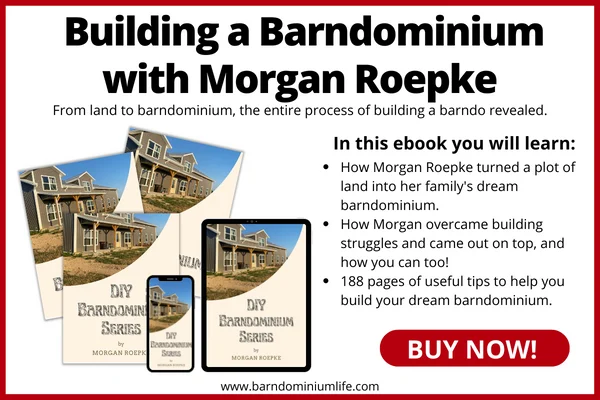The first day you see a construction truck roll onto your land is a magical day. “Breaking ground” they call it. Months, sometimes years, of hard work planning and preparing finally has some substance to it. Everyone has different starting points when beginning construction due to different land situations, but for us, day one was a lot of dirt and a lot of rock.
By the time we broke ground, there were countless other considerations we had to go through like soil samples, permitting, home designing, and what seemed like a million other decisions we made. Check out the previous articles in the series so far to get a sneak peek at what we did before breaking ground:
Our DIY Barndominium Part 1: Introduction to the Series
Find more info and pictures from our journey, you can follow us on Instagram @morgan.homebuild
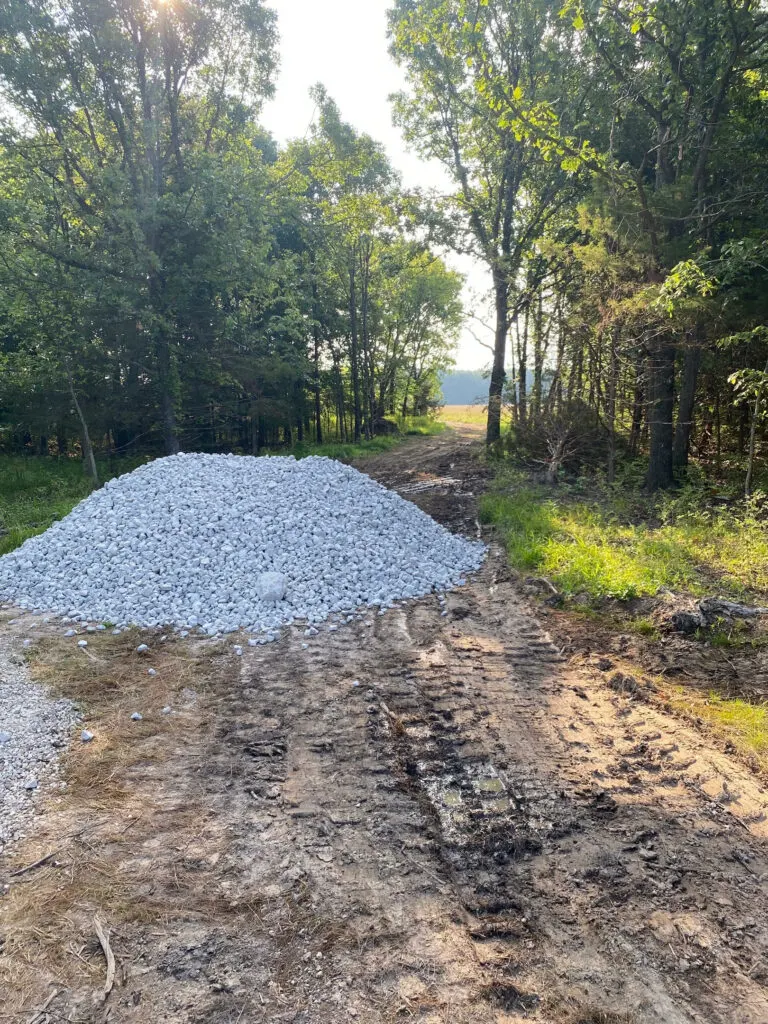
Page Contents
Breaking Ground: Land Considerations
Below is a picture of what our land looked like when we purchased it. As you can see, it is clear and flat. However, as with any piece of land, there were many things that we couldn’t see super clearly until we started getting our hands dirty with planning our build.
Once we started working with our county, we realized that we needed a soil analysis to determine what kind of septic system we will need. Through this process we found out just how FLAT and WET our land really was. Because of this, we needed a specially engineered septic system, which cost more than we thought it would, but we were early on enough to absorb that cost in other areas.
We also needed a section of the wooded portion of our land cleared in order to create road access off of our county road. However, we were lucky that the person who sold the land to us took care of that portion for us. However, if I were to buy land again, I would definitely look into getting a quote for land clearing and a soil analysis ahead of time to prevent any surprises!
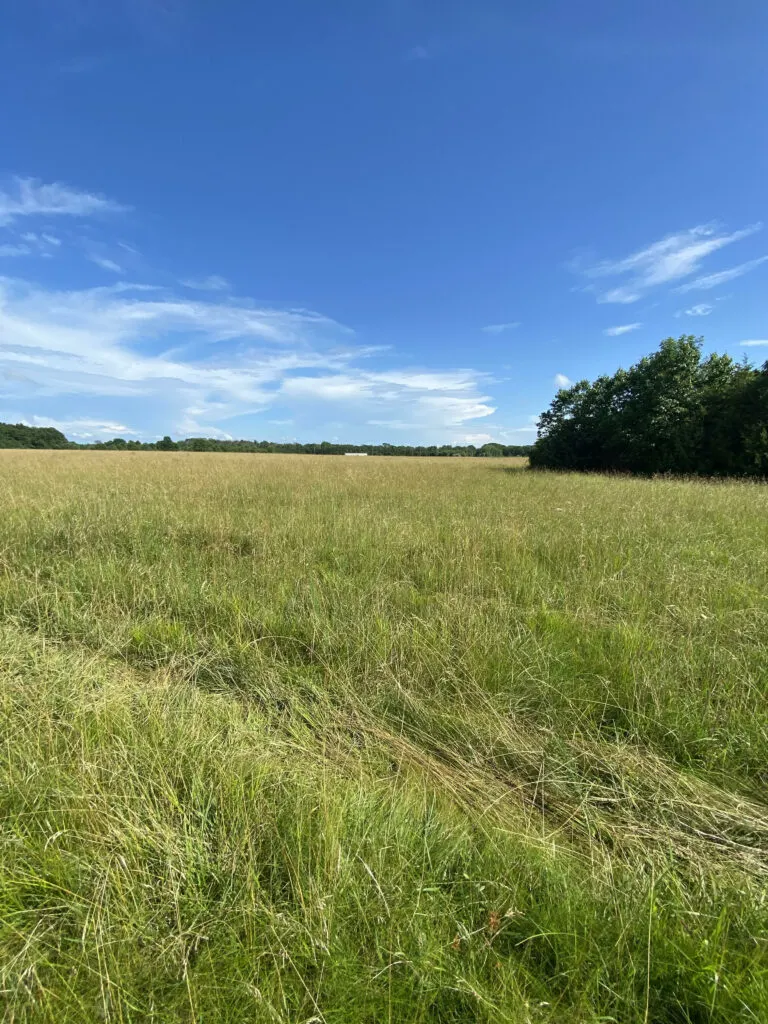
Breaking Ground: Laying the Road
The very first step in our building journey, after clearing trees from the drive, was excavating for a road and laying gravel. This is because the concrete trucks will need a solid surface to ride to the site on. Laying the road was a huge step for us because it was our true first day of breaking ground. It was also significant for us because it took us months and 7 bids for us to find the perfect contractor for this job.
The road itself is 14 feet wide and over 1000 feet long. That is a LOT of gravel. Additionally, when we would talk with contractors, they were concerned again by how wet our land is. When the ground is that soft, the rock will sometimes just sink right into the ground several inches before building up to a solid road. Some contractors wouldn’t call us back, others gave us bids that were 3-4 times what we wanted to spend on the project.
After weeks of wondering if we would be able to do this and stay in budget we found a road contractor who was willing to work with us on short notice and for a fraction of the cost. We are loving our road, and we are so thankful that we stayed persistent!
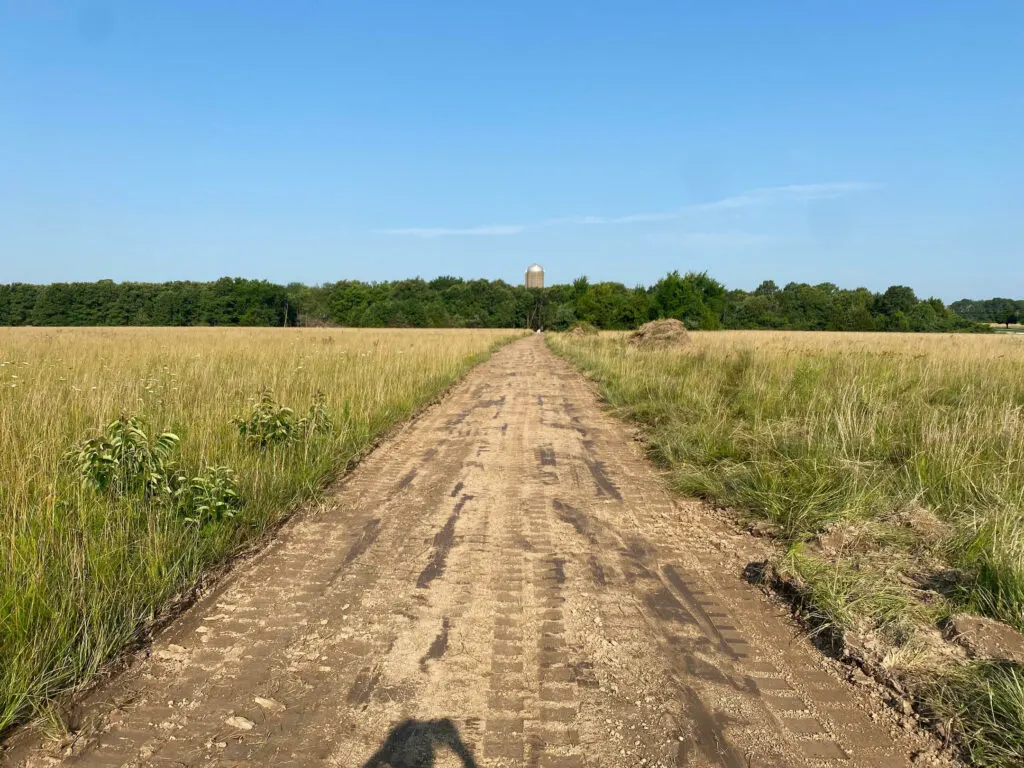
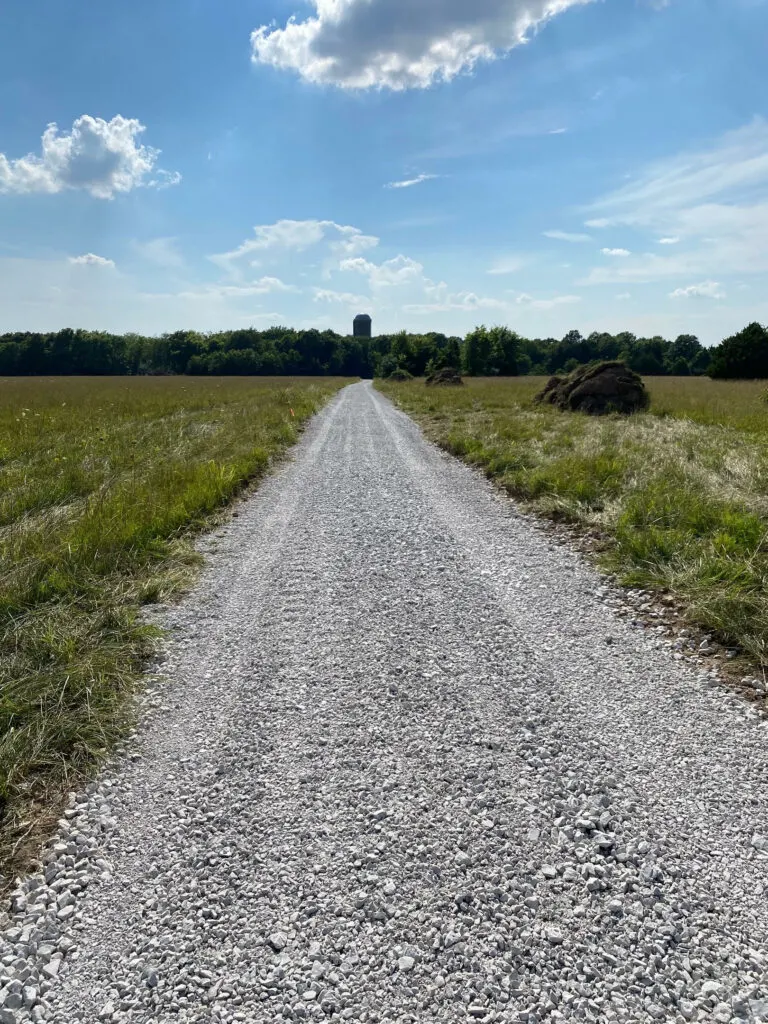
Breaking Ground: Pad Work
Every home build or barndominium may have different excavating needs depending on how flat or sloped the land is, and what the footprint of the home will be. However, the majority of barndominiums are built on slab foundations without basements. We knew that this is what we wanted, so when we saw a piece of land that was flat like we wanted our house to be, we fell in love.
Our metal fabricator showed us what we needed for our excavating: a flat pad with gravel on top. This is far more cost effective than digging for a basement or building the pad up with other materials. Our excavator added extra gravel around the edges and steaked out where our corners would be so that the concrete crew would know right where to start.
After the picture on the right was taken, we realized that we wanted a longer driveway. Decisions tend to change on the fly like this at times, and we were lucky enough that our excavator was able to push our pad several feet for us to extend our drive.
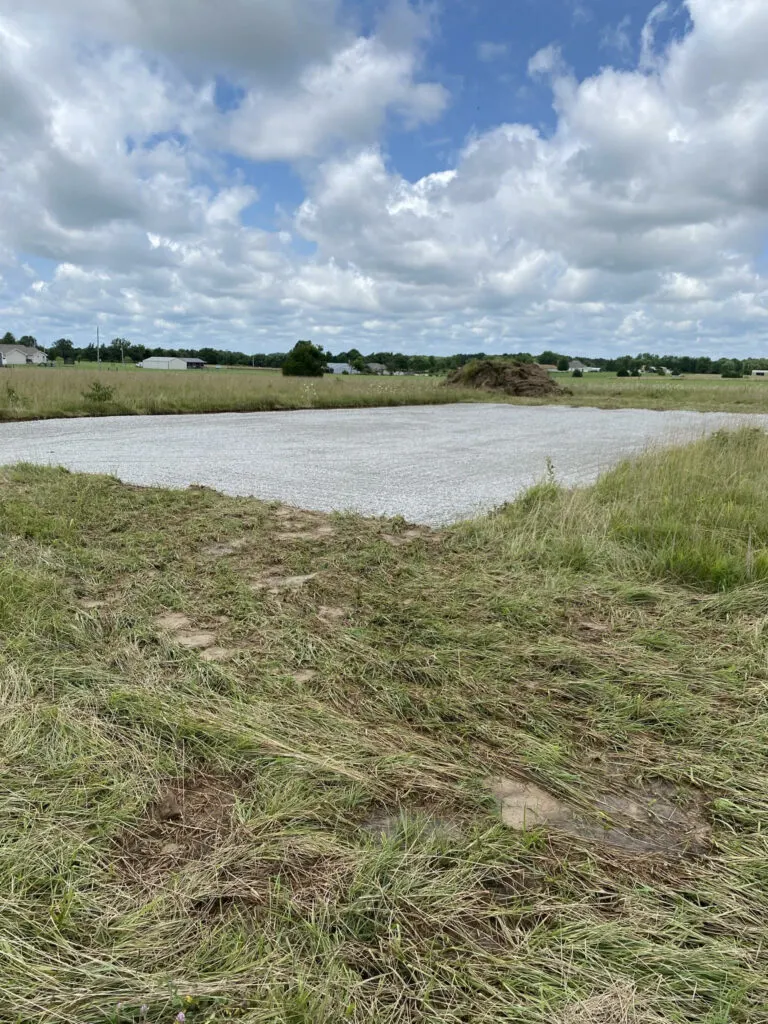
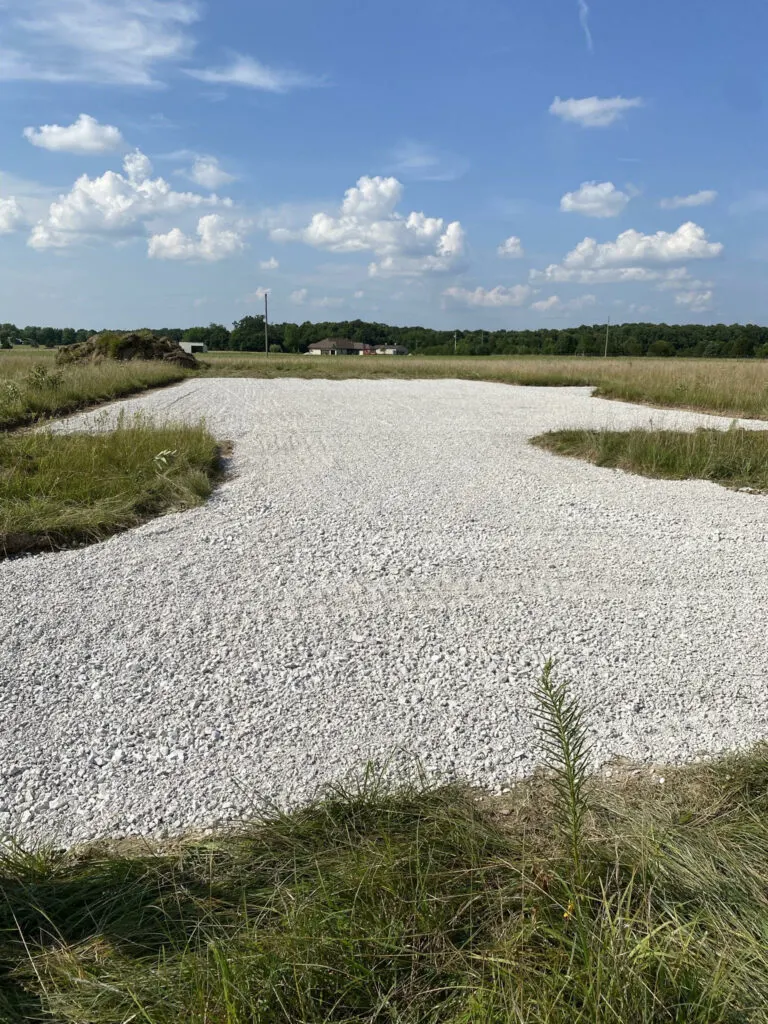
Breaking ground: What’s Next?
Next up for us is digging concrete footers, adding rebar and pouring the concrete for the footers. Then, we will have our electrician and plumbers come out to do our rough in work before pouring our foundation. We hope that our foundation will be completely finished in the next few weeks. I am excited to continue to update with our progress along the way. Stay tuned!
Find us on instagram @morgan.homebuild

